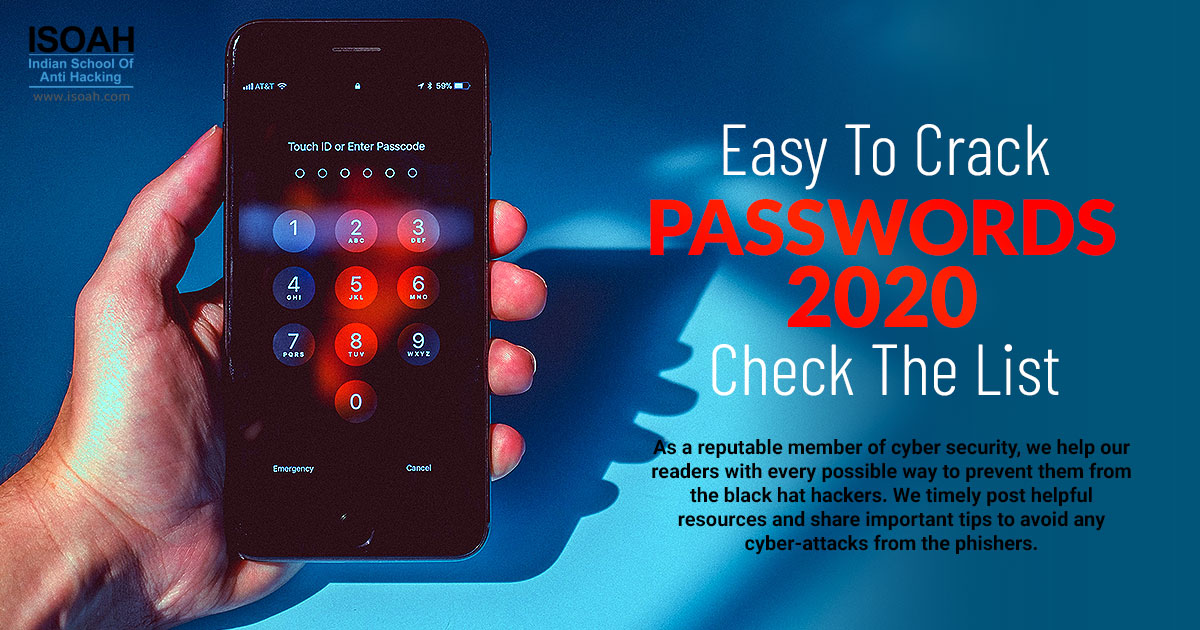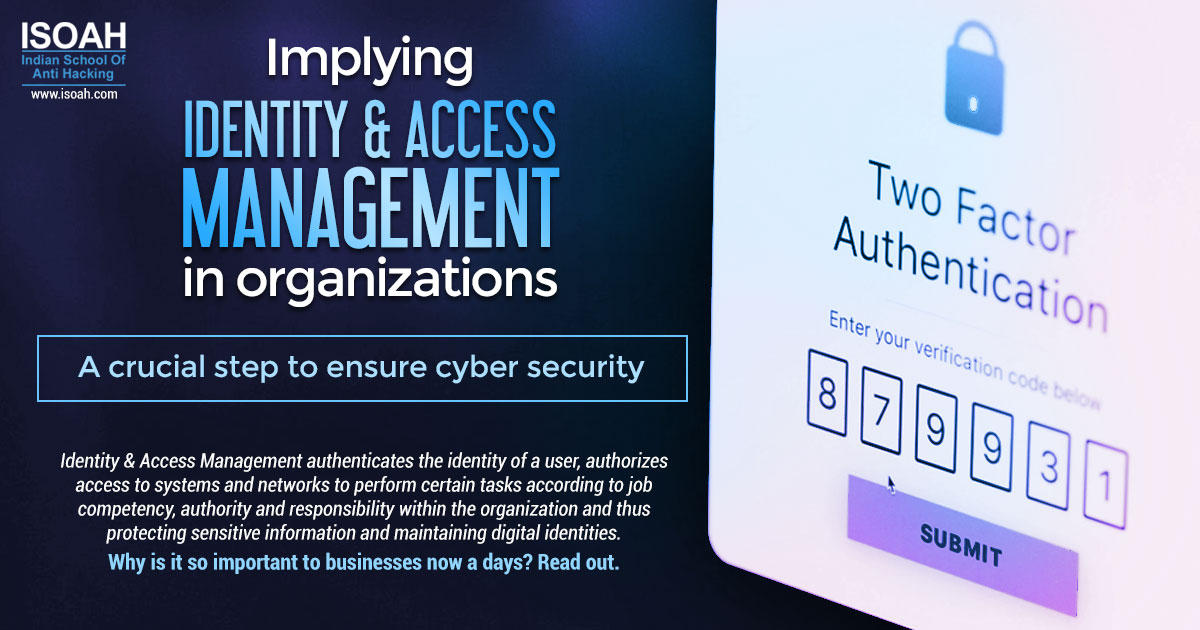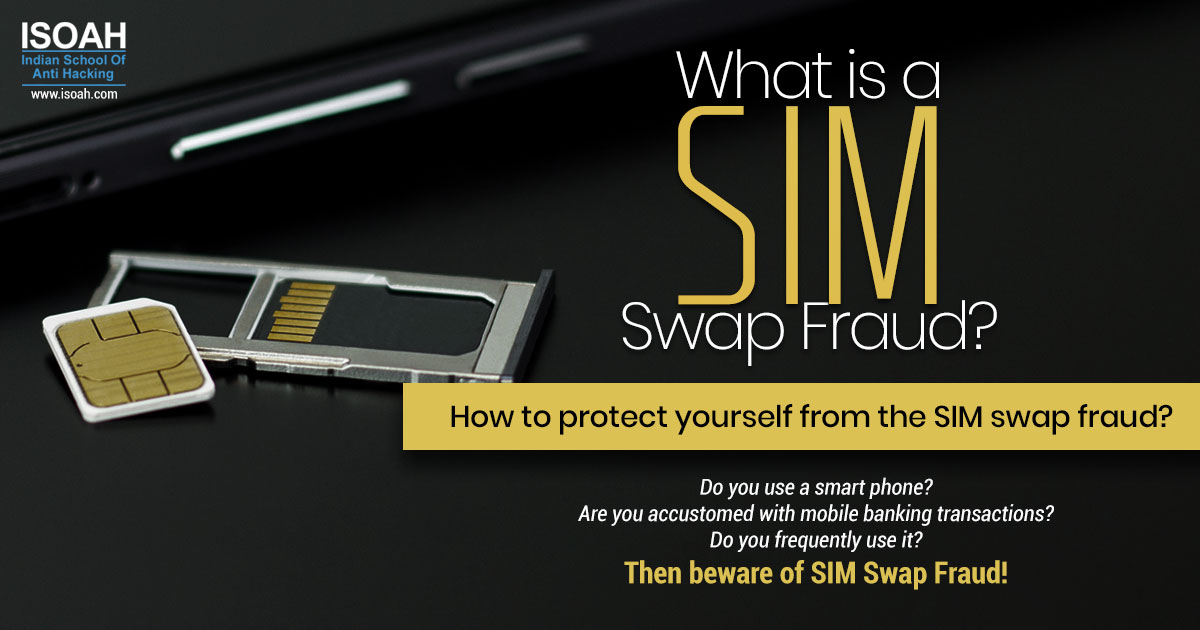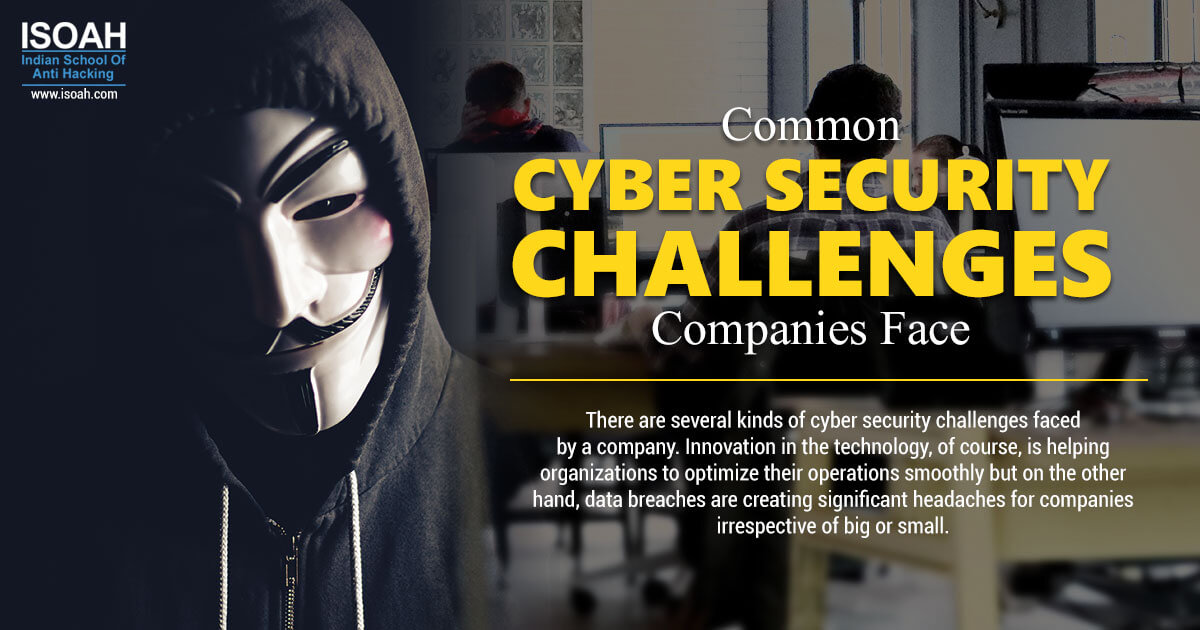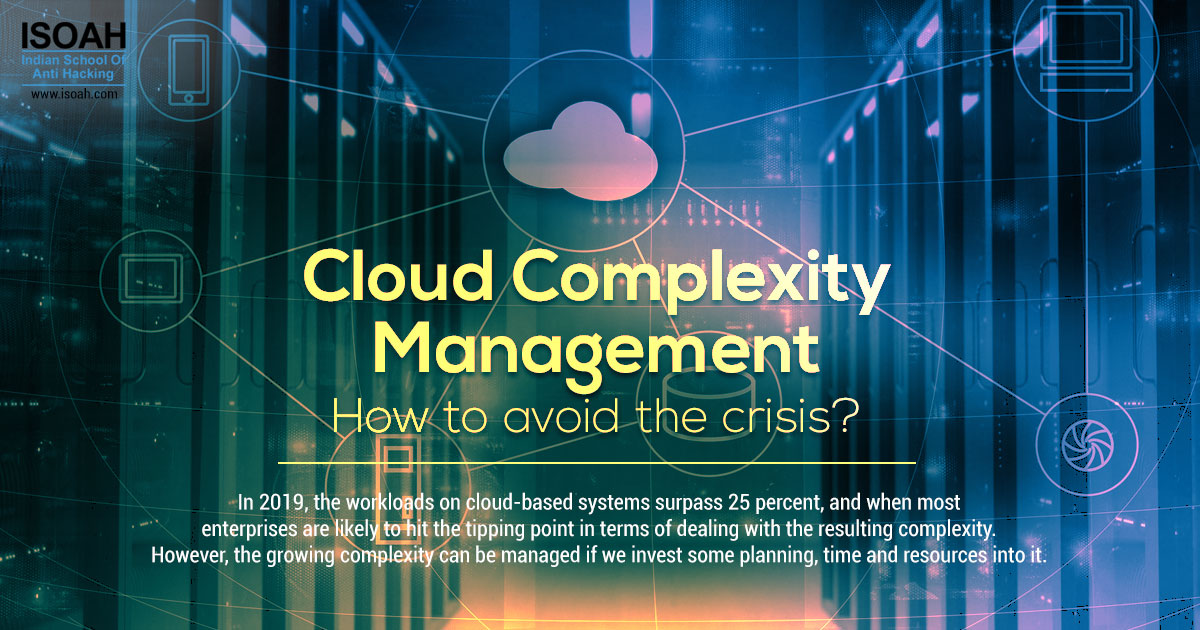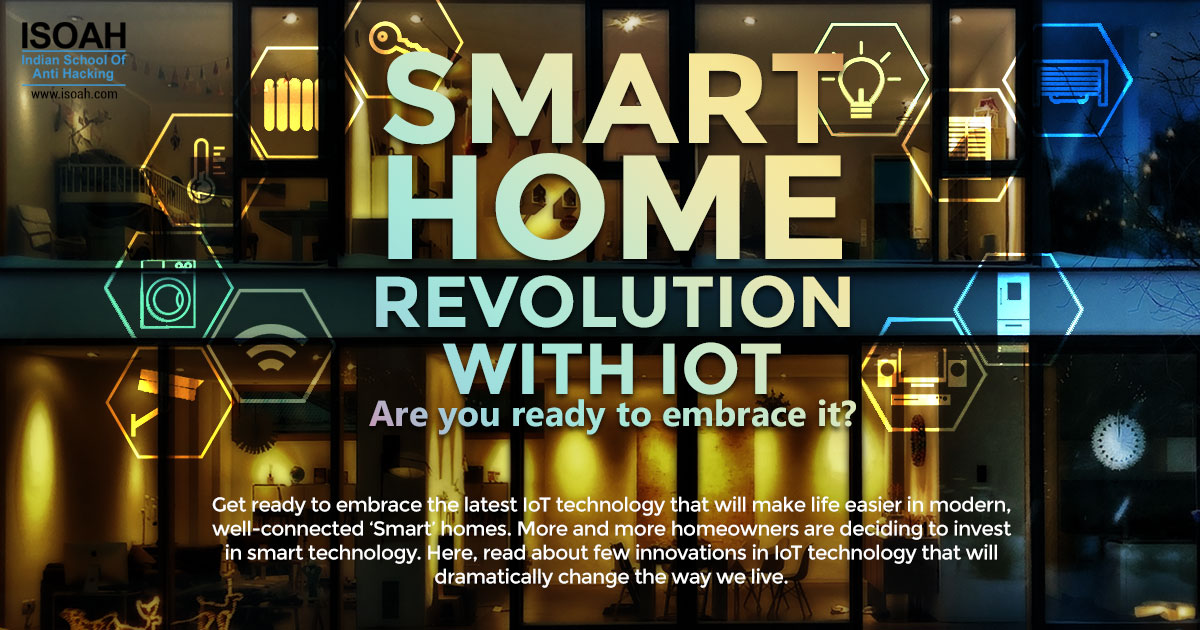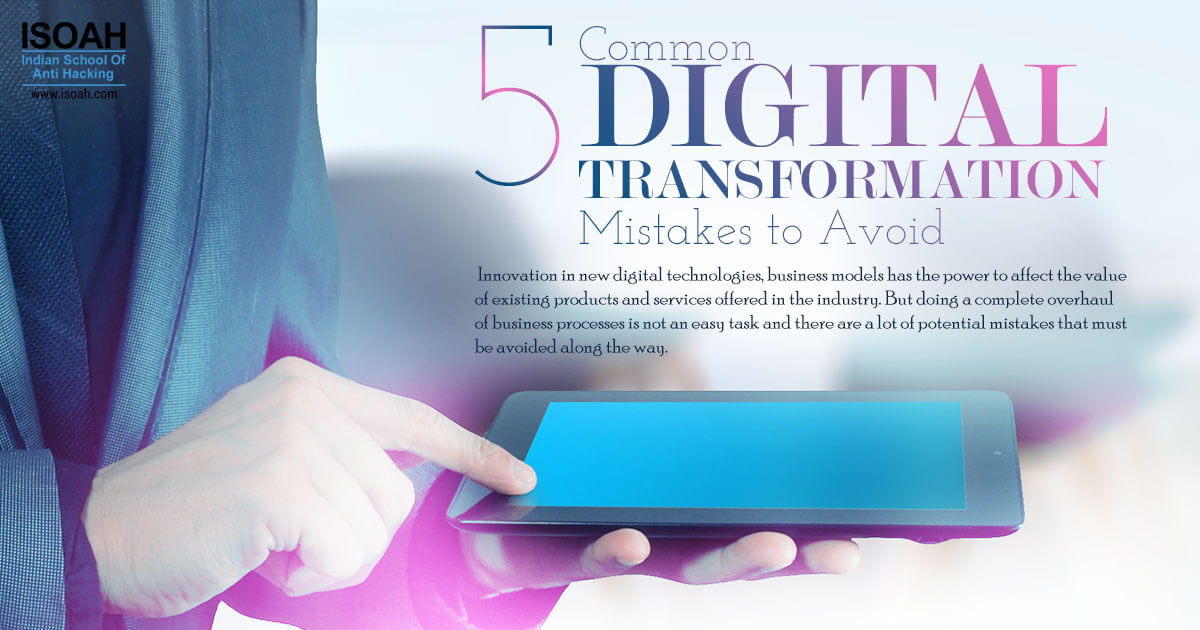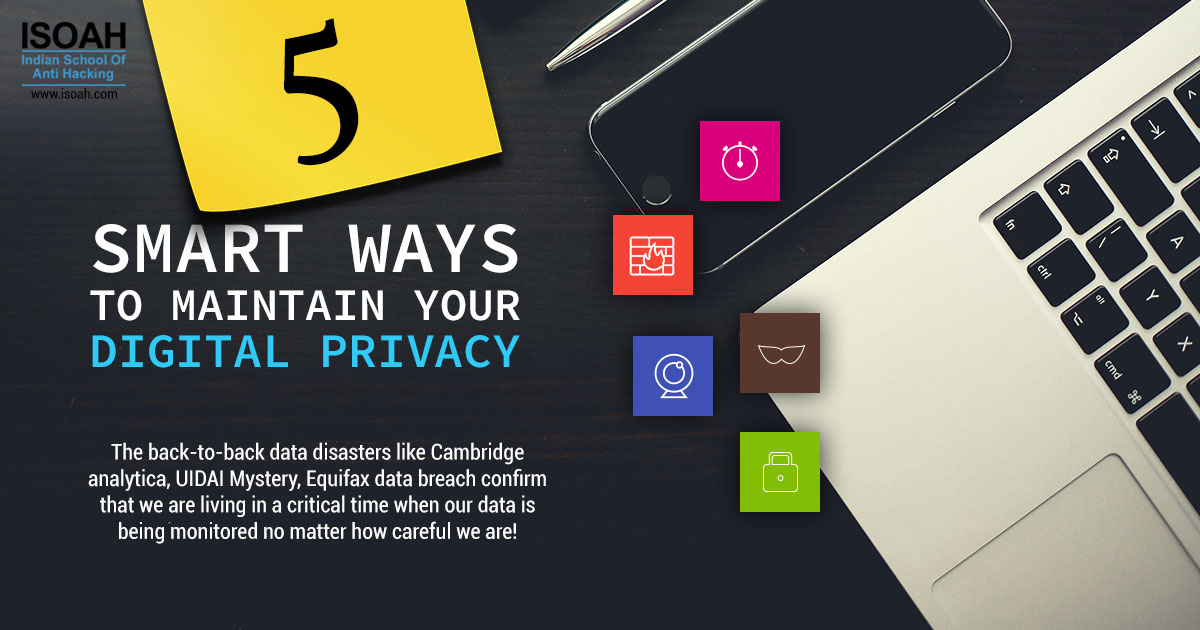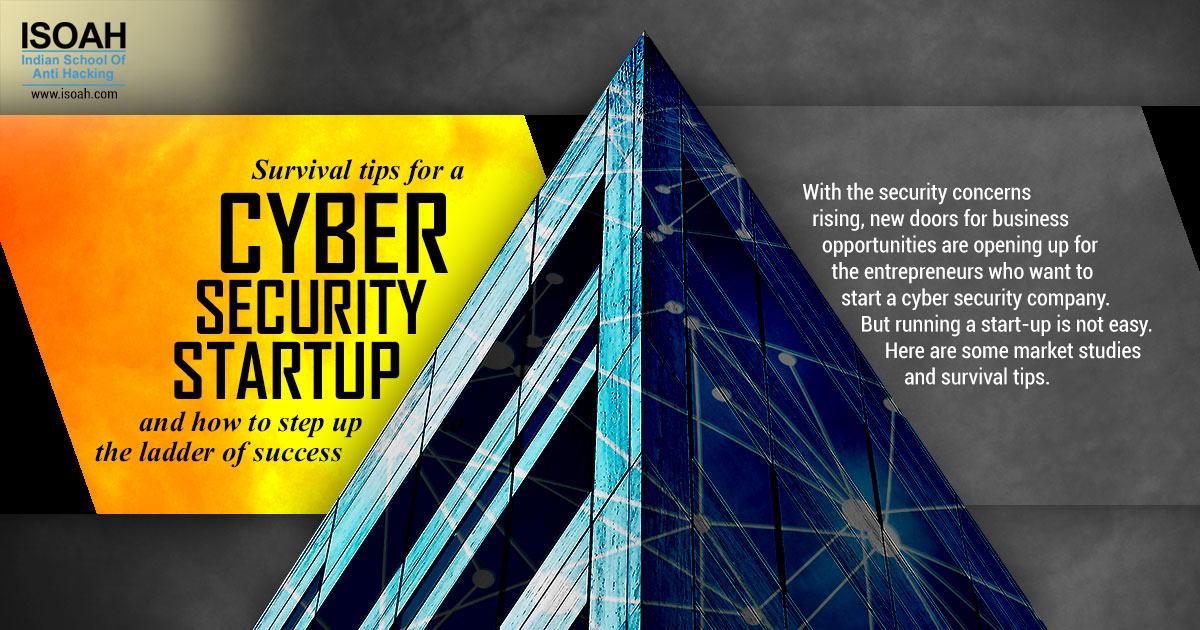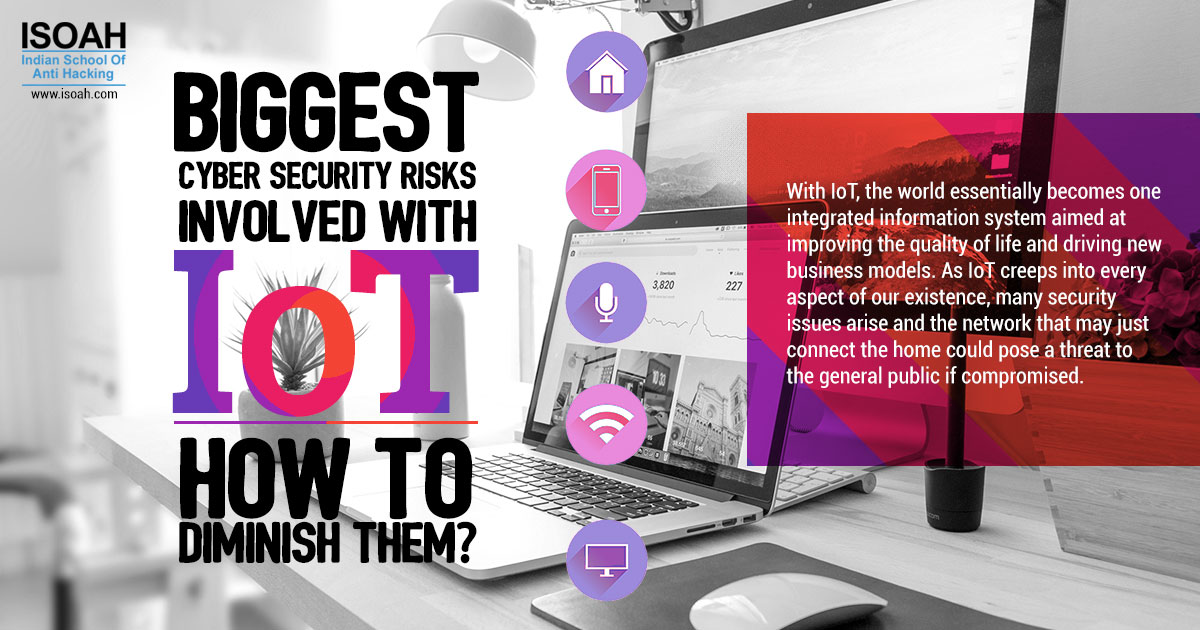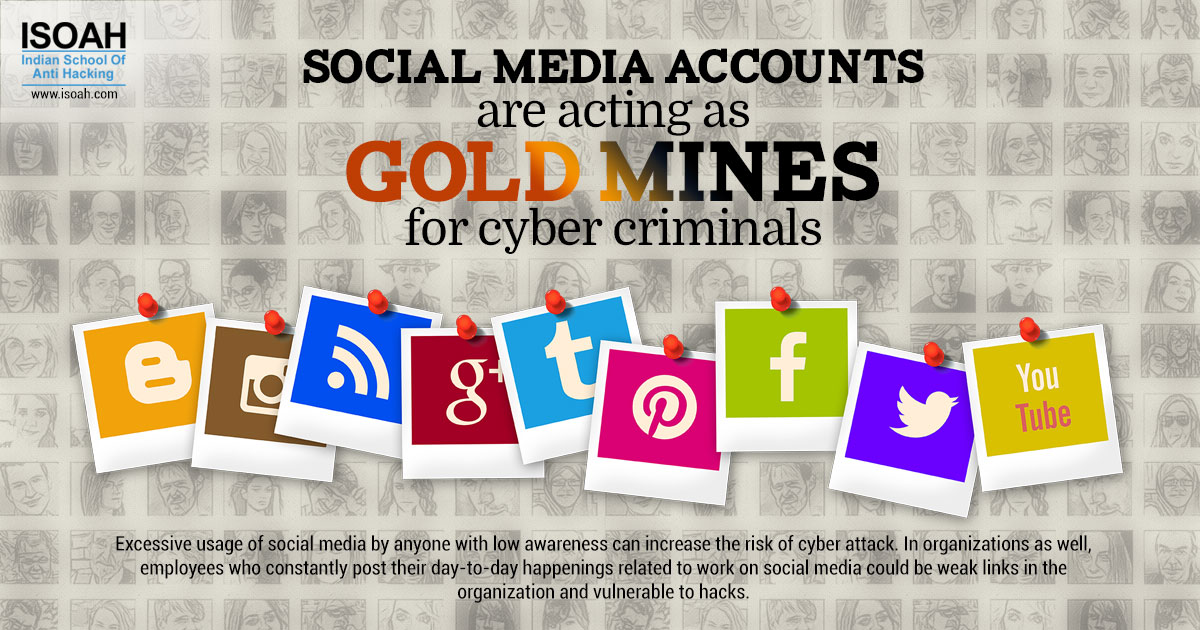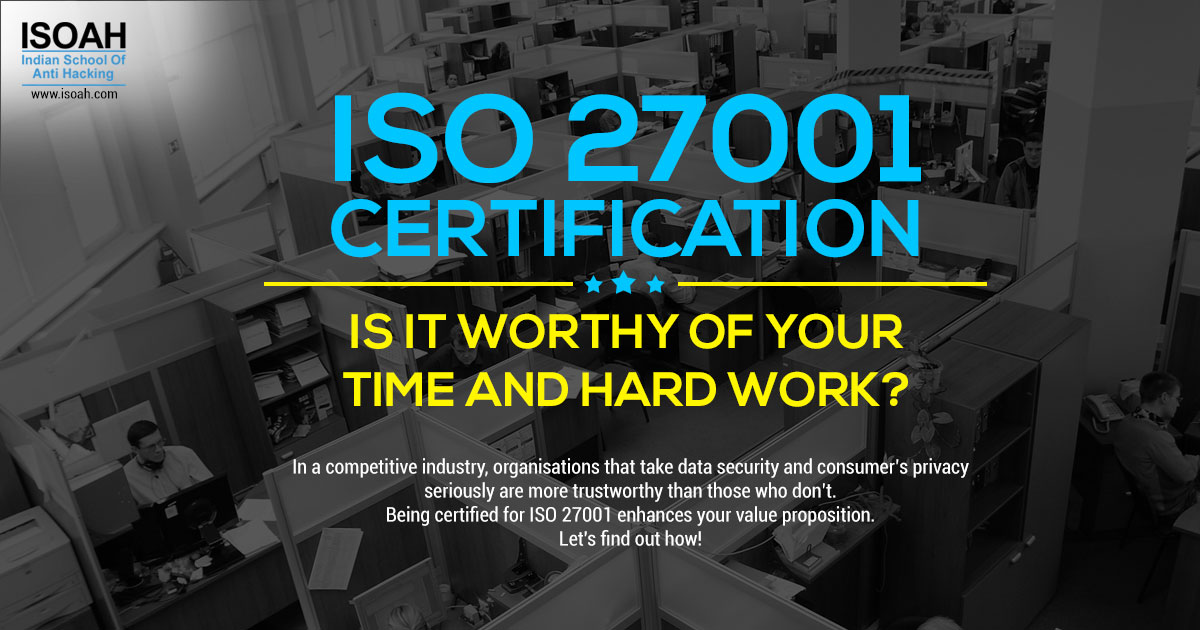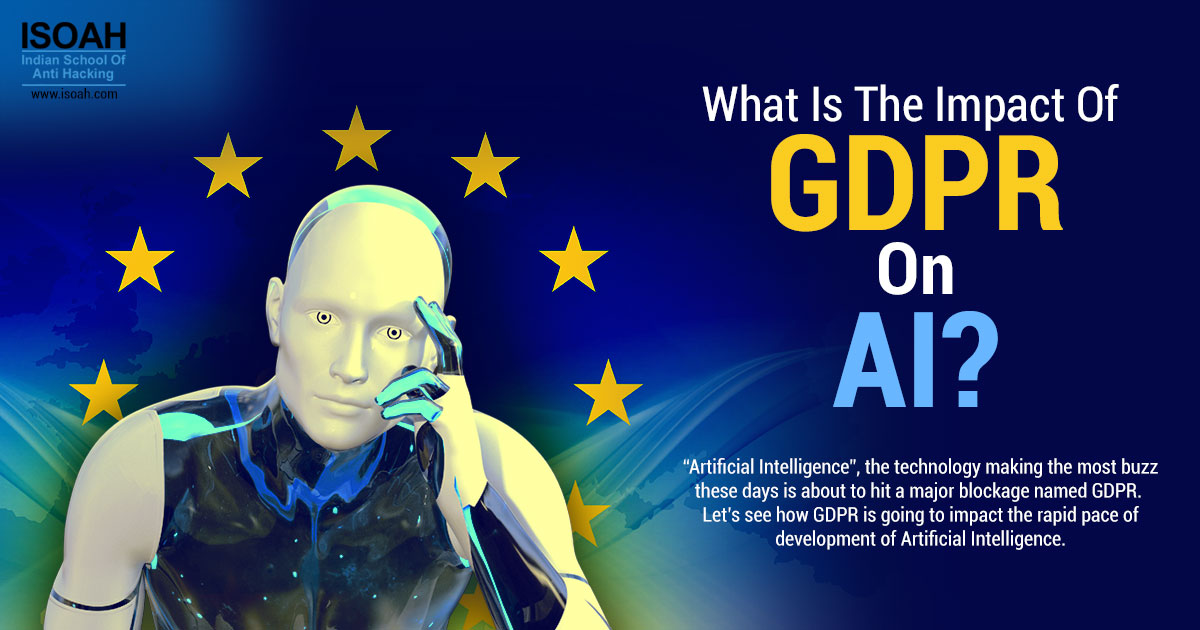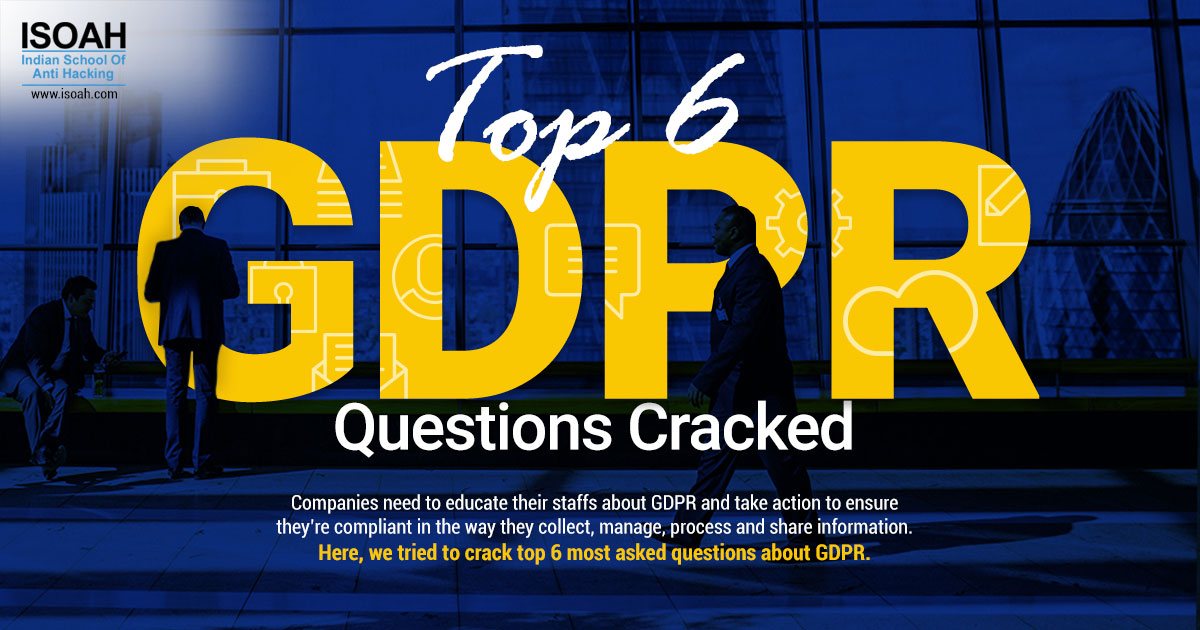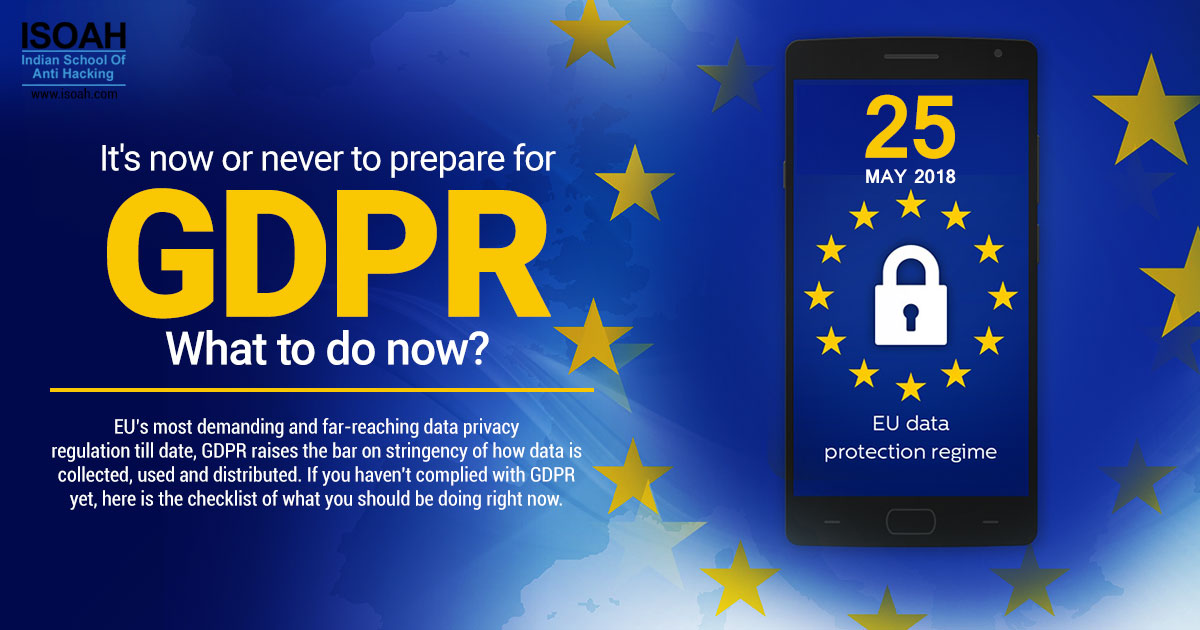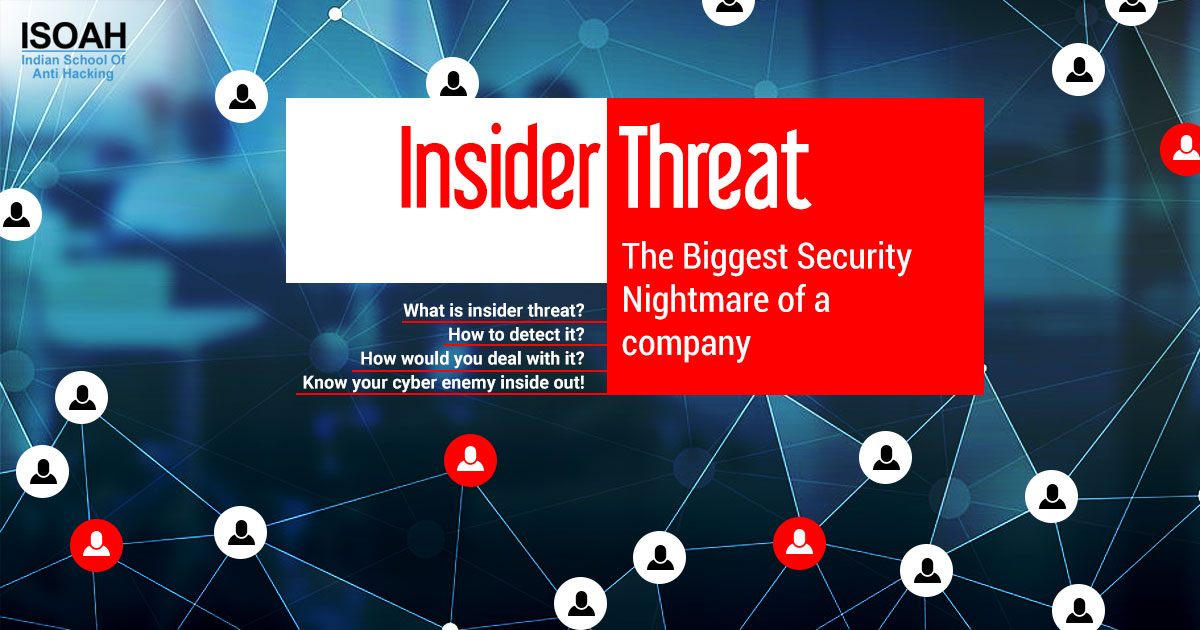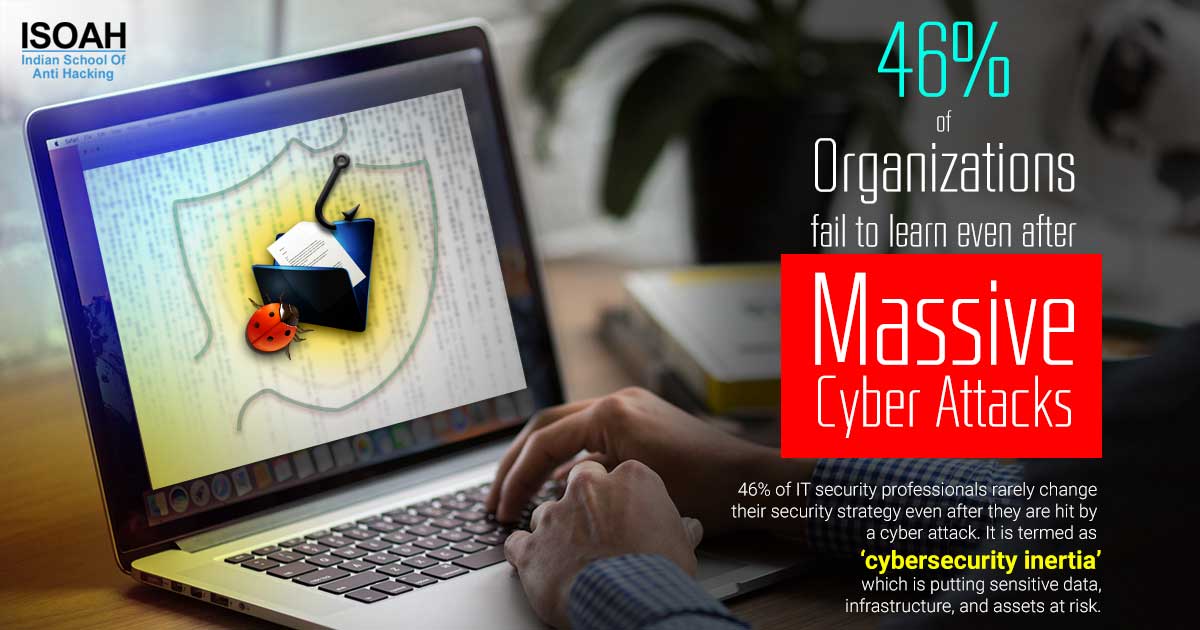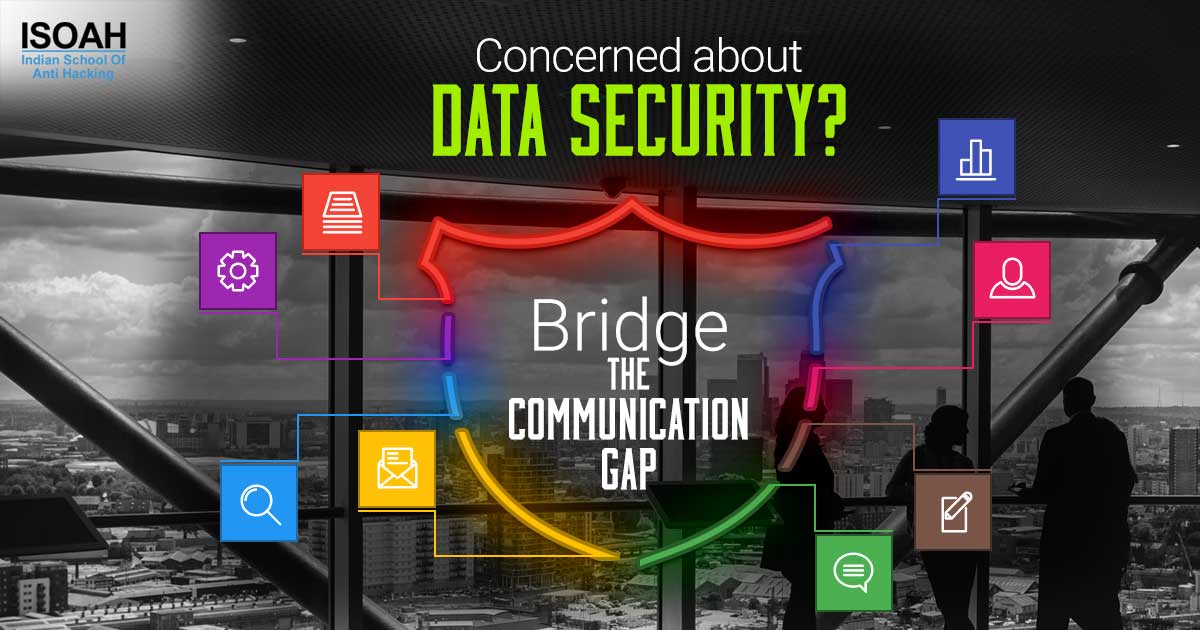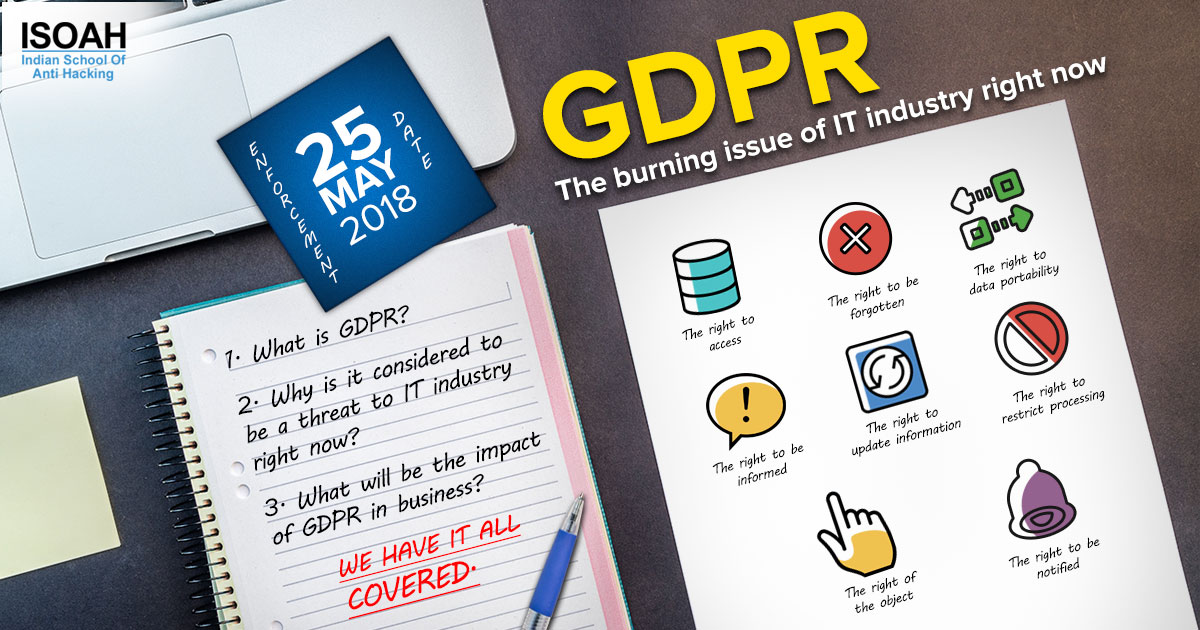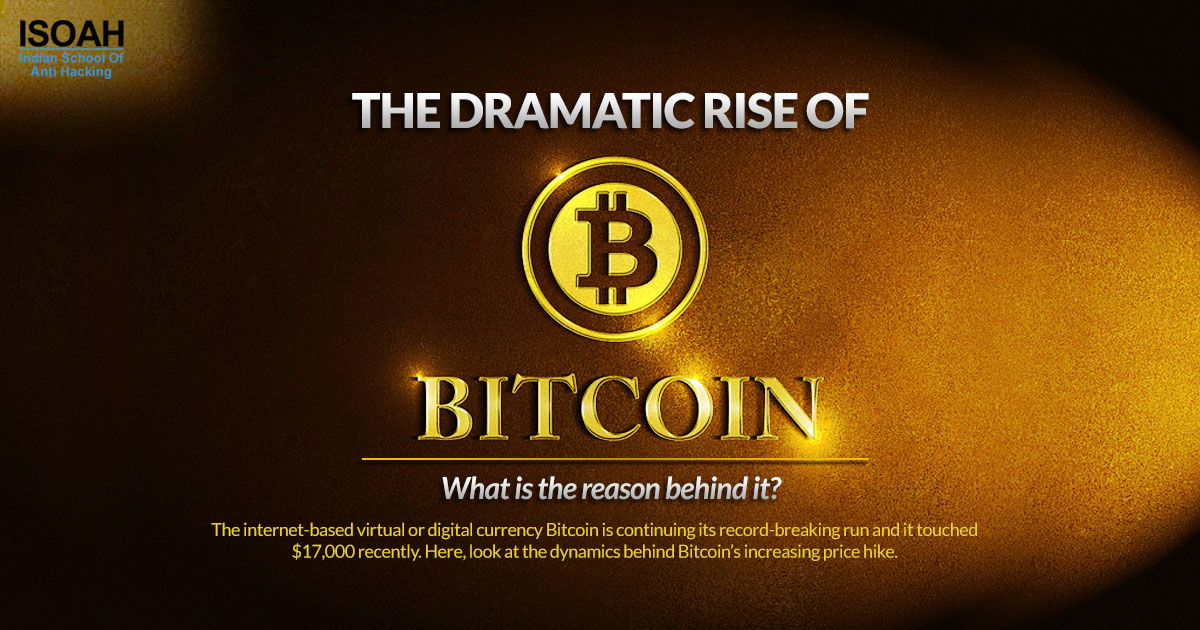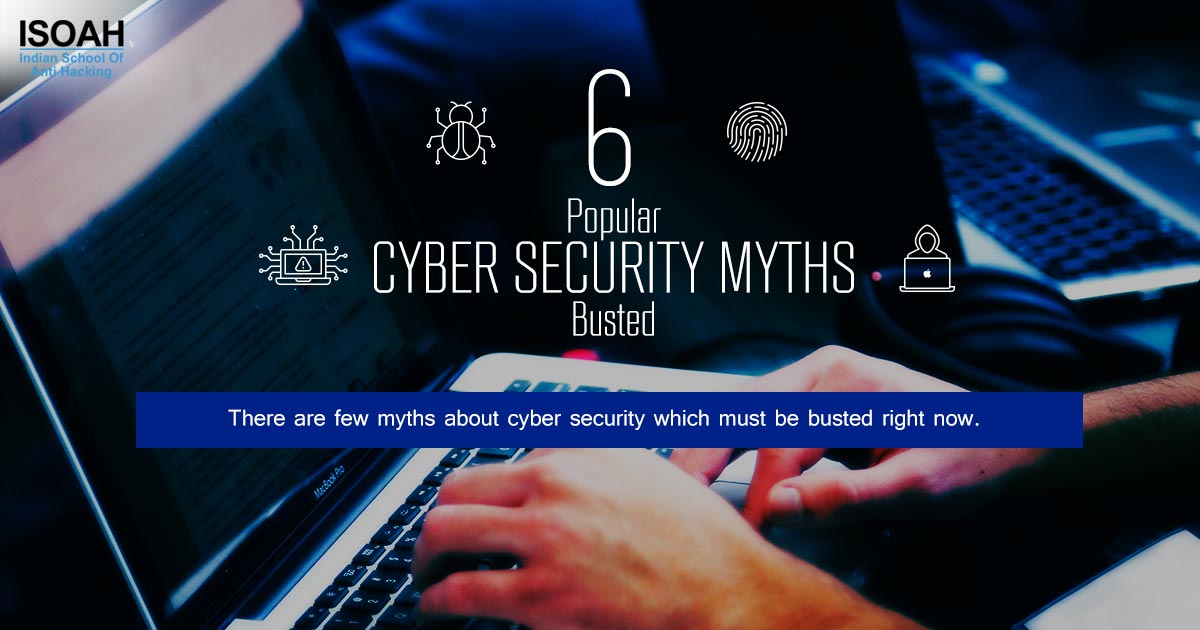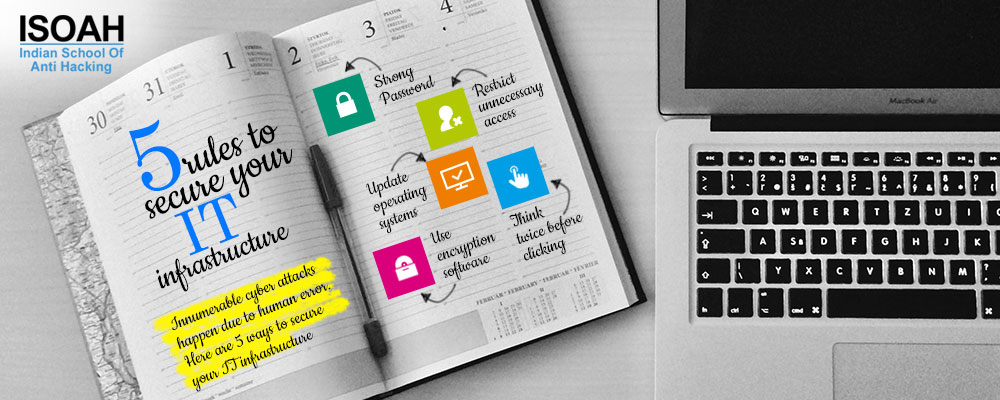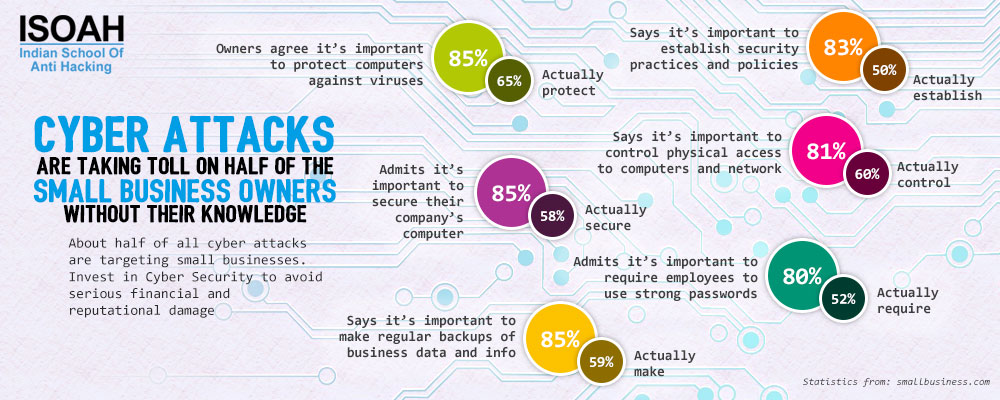Top trends for the Internet of Things (IoT) in 2018
Article: IoT
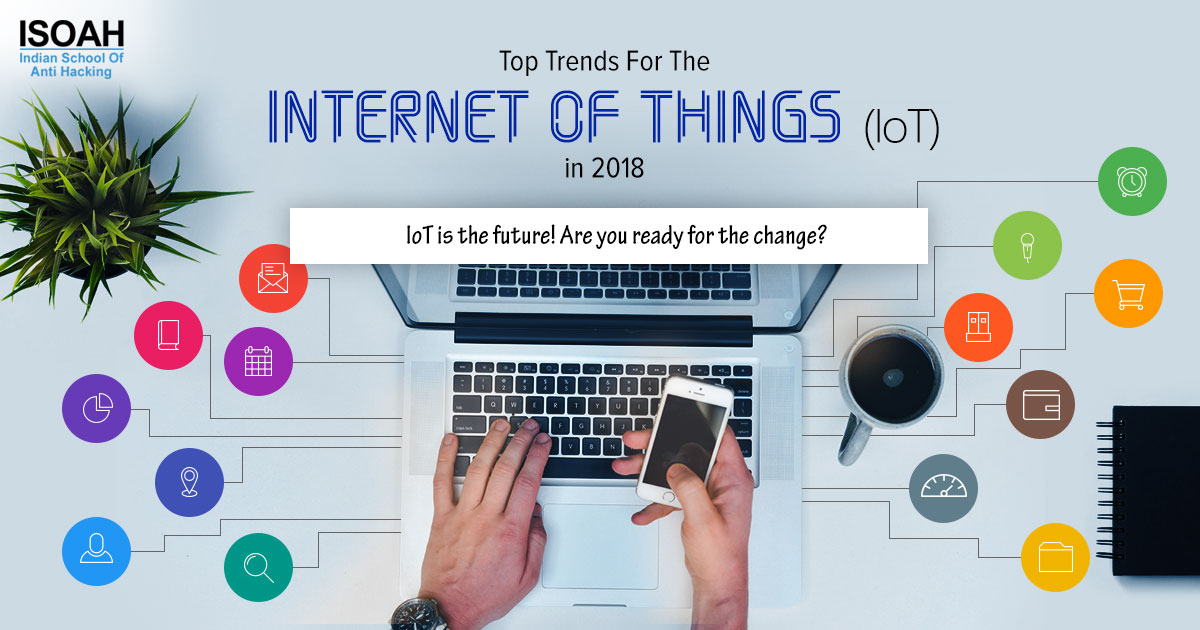
IoT is the future! Are you ready for the change?
With the advancement of technology, the business houses have changed their traditional mode of operation and management. Business houses are opting for modern and technology-oriented ways of operation and this transition is referred to as Digital Transformation. Digital transformation has become imperative for all businesses, be it automation, logistics, software, retail or medical — digital disruption is omnipresent.
And the Internet of Things (IoT) will be a key component of most digital transformation efforts for all the obvious connected reasons.
In 2016, massive cyber attacks took place using IoT enabled devices. In 2017 also the detection of new cyber threats in IoT space made headlines. The constant drumbeat of threats and attacks is becoming so advanced that businesses are expected to invest more than $93 billion in cyber defenses by 2018.
Securing IoT connected devices, biggest cyber-security threat:
IoT connected devices have become a mainstream part of our lives both inside and outside the workplace. Needless to say that the more connected critical infrastructure becomes, more interesting it gets for the hackers.
While the devices are making our lives easier and improving our business in many ways, securing the massive number of devices will represent one of the biggest security challenges in 2018. Remember the Mirai-botnet attack in 2016 which targeted internet recording devices to accomplish one of the largest DDoS attacks in history? Another instance, in August 2017, 500,000 pacemakers were recalled because the devices could be remotely "hacked" to increase activity or reduce battery life and potentially endangering patients.
Today, the utility and convenience of IoT connected devices are giving IoT devices a foothold in – corporate houses, hospitals, power plants etc. The devices, designed to listen and transmit information may lead to increased productivity but also introduces unquantifiable risks.
Personal data protection in the age of IoT:
Now IoT is being adopted as a reality of the modern life and workplace regulations are very much needed to ensure data security. The primary objective of some IoT applications is data collection. Some even concern special categories of personal data under privacy laws such as the GDPR with healthcare and scientific research being two examples. Also in marketing and retail, where IoT gets its place, personal data are omnipresent.
Companies should adopt a set of guidelines to ensure the secure development and deployment of IoT devices. The Internet of Things Cyber-security Improvement Act of 2017 is a massive step by legislators to tighten up this cyber-security minefield.
At the heart of these standards ought to be identity-focused security solutions, which can help spur IoT security by managing the relationships between these devices, the entities controlling them, and the data being sent and received.
AI will make IoT smarter and more productive:
What can happen if Artificial Intelligence meets Internet of Things? Artificial Intelligence is the buzzword of the moment. As more and more devices become connected and capable of communicating with each other, AI – deep learning, natural language processing, image recognition and neural-network driven decision-making – will help them to understand each other, and us.
AI is getting so much importance in every industry because decision making is being fundamentally transformed by Thinking Machines. The need for faster and smarter decisions and the management of big data that can make the difference is what is driving this trend.
Thinking about the Internet of Things (IoT), it will be another big data and AI convergence that will mine the meaning and drive the decision-making of how to benefit from IoT. AI and IoT are two sides of the same coin, will be working together to change business processes and productivity.
IoT will converge with Blockchain:
"Blockchain is so profound it will do for trusted transactions what the internet did for information" - Ginni Rometty, FinTech Ideas Festival Keynote, 2017.
A Gartner study estimates blockchain will add $3.1 trillion in business value by 2030, and in another analysis, the global IoT market is expected to grow from $157B in 2016 to $457B by 2020.
IoT needs to be combined with key technologies such as AI, Fog computing, and Blockchain to make the business impacts. Why? There are several advantages to the idea of building smart machines that are able to communicate and operate via blockchain. During data transaction between multiple networks owned and administered by multiple organizations, a permanent, immutable record means custodianship can be tracked as data, or physical goods, pass between points in the supply chain. Blockchain records can be trusted to track and analyze activity by anyone authorized to connect to the network. In case of any data leak or breakage, blockchain record can simply identify the weak link and take remedial action.
The encryption and distributed storage ensure that data can be trusted by all parties involved in the supply chain. Without the private keys giving write-access to the blockchain (which in this case would be held by machines), no human will be able to tamper the record with inaccurate information.
New value propositions and business models will be driven by IoT:
The focus of IoT projects will not only be limited to automating existing business processes and achieving incremental improvements to efficiency. 2018 will witness the ability of IoT to transform industries by driving new value propositions and enabling new business models as IoT is going to converge with other synergistic technologies.
The long-term business value of IoT is in the network of business partners and digital twins. Marketplaces start to emerge to monetize IoT data while blockchain technologies ensure data provenance and device traceability. The collection of IoT data allows computer models to provide predictive analytics and maintenance.
Companies have accepted IoT as the main driver of digital transformation. It’s time to reap the benefit of their investments and will be looking for business value and outcomes in every project. IoT is reaching a tipping point where businesses will begin to experience its full potential moving from incremental to monumental improvements.
IoT is rapidly becoming part an essential part of company’s infrastructure. It is now a critical asset. Businesses entering the IoT field in 2018 should consider these trends when building and deploying IoT capabilities. In 2018 we are likely to see this trend taken further with the convergence of IoT with AI, fog computing, and other new technologies. With stronger IoT security and improved interoperability, the future of IoT and its ability to drive business transformation looks brighter than ever.
